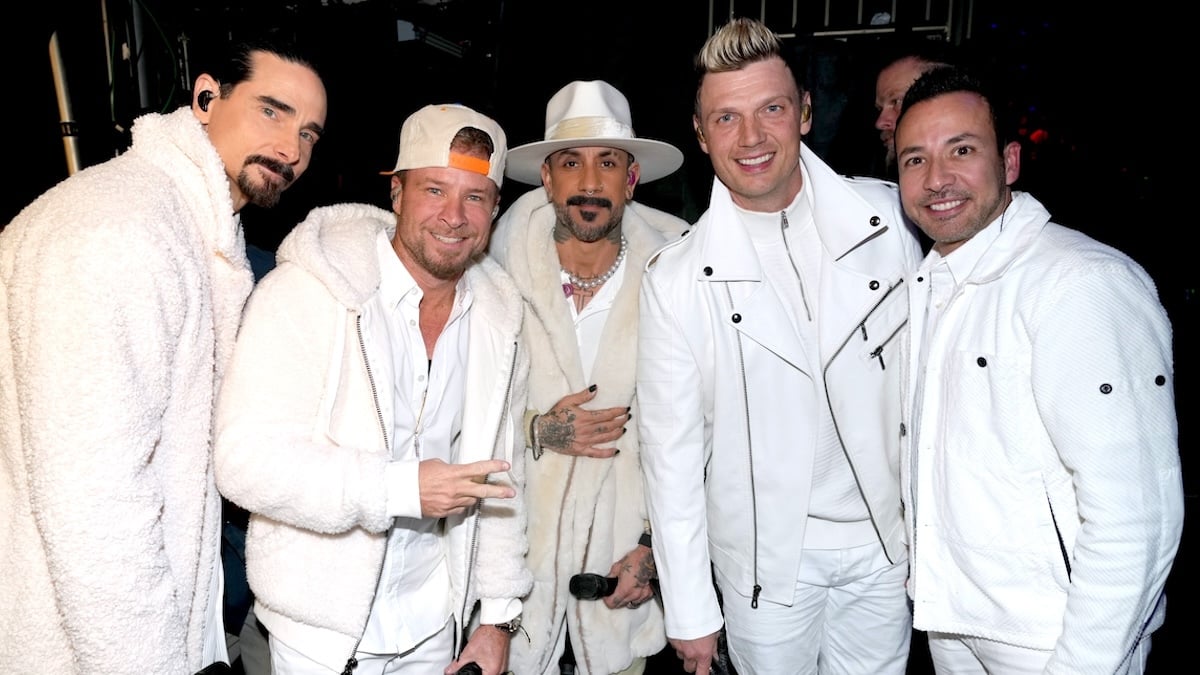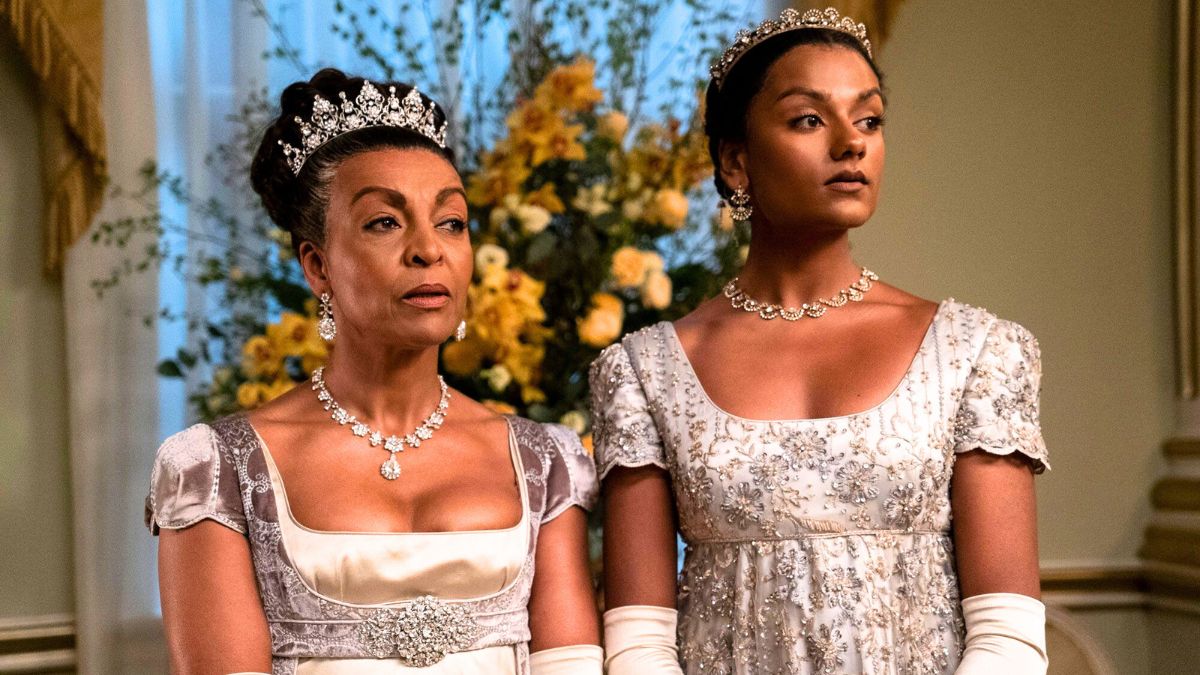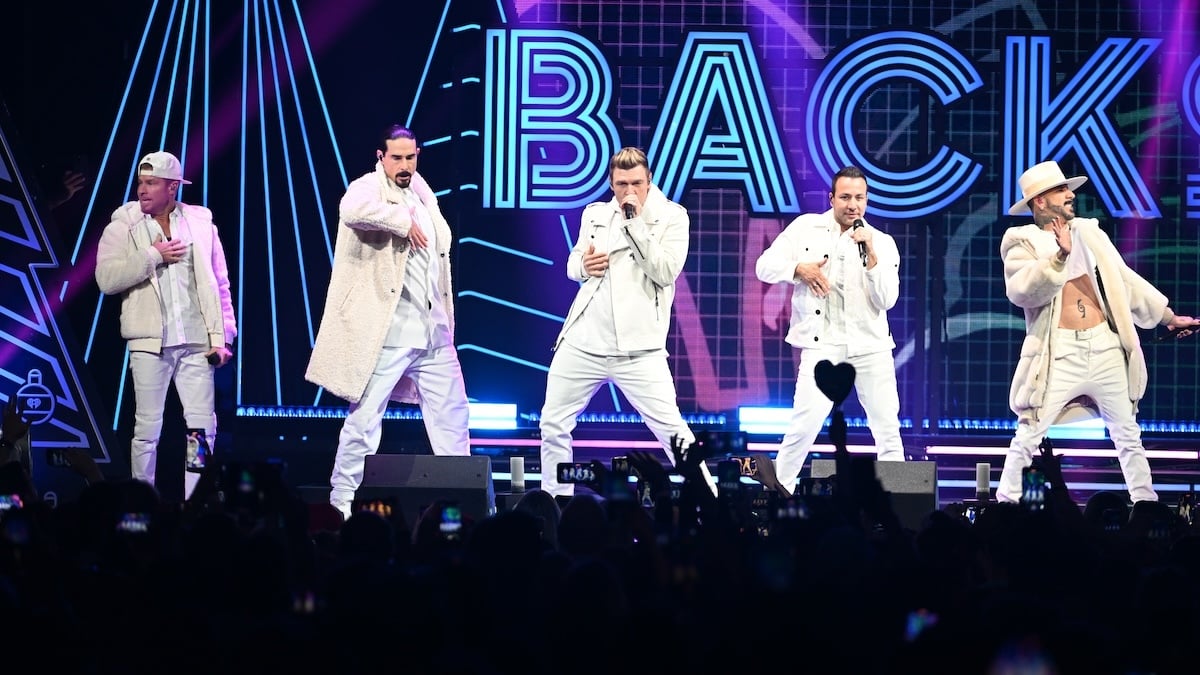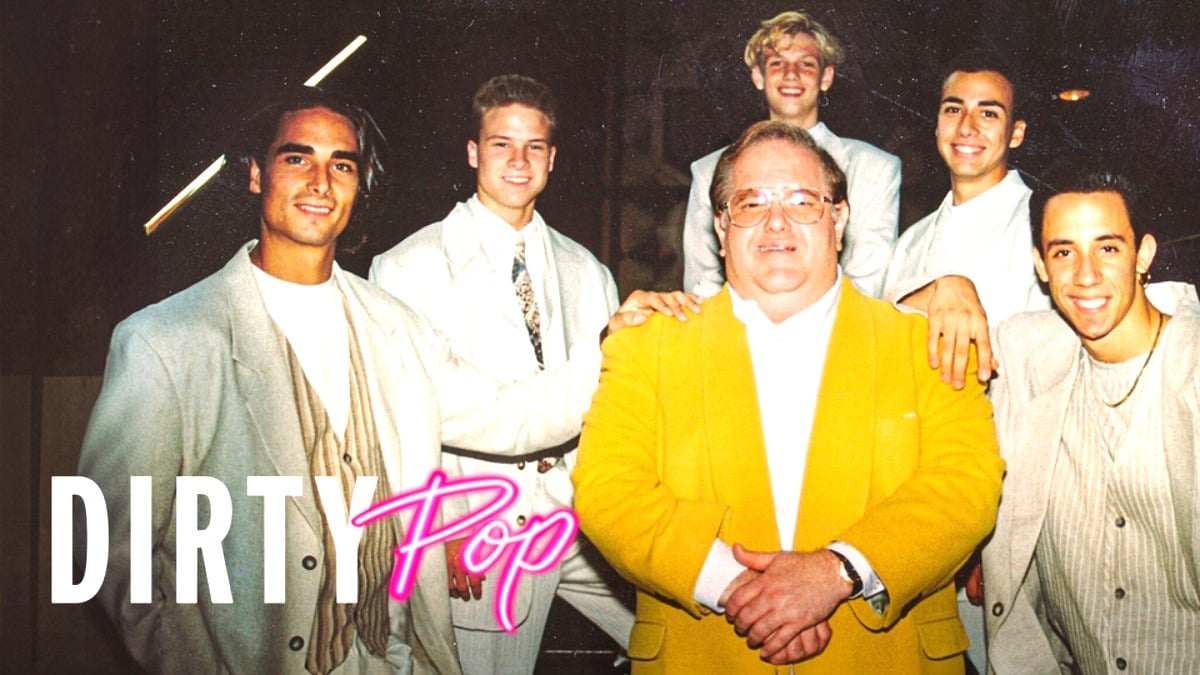Star Trek: Deep Space Nine holds a special place in the Star Trek franchise. The difficult third live-action series broke the fundamental rule of “boldly going where no man had ever gone before” by tying itself to a space station. It was the series that dragged war, conflict, and consequences into the space opera. It was also the series that stretched and tested the central ideals of Star Trek. In doing so, it produced some of the most challenging, rewarding and spectacular hours in genre television history.
When it arrived, Deep Space Nine (DS9) was keen on differentiating itself from the well-loved Star Trek: The Original Series and the hugely successful Star Trek: The Next Generation. We weren’t following a Captain, but a Commander. Not only that, a Commander who made it very clear on his first appearance that he didn’t have much time for Captain Picard, one of the most beloved and respected characters in the series.
DS9 was uncompromising from the beginning, but just like most of the other Star Trek series, it took some time to find its feet. It was at the end of its second year that the series signalled its true direction. The arrival of the Jem’Hadar⏤fierce warriors of the mysterious Dominion⏤introduced one of the greatest threats Starfleet had ever faced.
The show didn’t look back during the remainder of its seven seasons. Standard character-led episodes combined with pseudo-continuous storylines. Syndication placed a limit on arcs at the time, but the nine linked episodes that built to its finale in 1999 were hugely influential on the direction television would take in the 21st century.
DS9 challenged the status quo of Star Trek, and it wasn’t interested in easy answers. This list could just include the annual “Chief O’Brien must suffer” episodes, and it would still represent some of the best of Trek thanks to its strong emphasis on character. As it is, this list draws on DS9’s incredible range of emotion, action, and social commentary. Here are Deep Space Nine‘s best episodes.
“Emissary” (Season 1, Episodes 1 & 2)

DS9 wore its brilliance and its contrary nature on its sleeve from the beginning. It was a masterstroke to kick the series off in the middle of the Battle of Wolf 359, the Borg’s devastating assault on Starfleet that The Next Generation had kept off-camera during its greatest two-parter. Sisko’s awkward meeting with Picard wasn’t so wise, as it didn’t warm the audience to the new lead. Still, “Emissary” is one of the best opening episodes of Trek.
Before the Dominion, before the USS Defiant, it introduced the show’s weighty themes of occupation, spirituality, and advanced, non-linear aliens. We knew that we were going on a journey by the end of these two hours, even if we weren’t traveling very far into space.
“The Visitor” (Season 4, Episode 3)

DS9 had hit its stride by its fourth season. After its third year introduced the horror of the Dominion, the fourth season’s opener delivered action never before seen in Star Trek. But that didn’t mean phasers were stuck on maximum settings. The Hugo-nominated episode “The Visitor” was one the most emotional and poetic episodes in Trek’s canon and an excellent example of DS9’s approach and potential.
After a subspace accident rips Ben Sisko from the timeline, our insight into his son Jake’s life-long obsession to bring his father back is heart-wrenching. Watching Ben Sisko’s reaction as he catches snapshots of Jake’s disintegrating life throughout the years is heartbreaking. It’s fantastic to see Trek legend Tony Todd out of makeup for once and delivering one of the series’ greatest guest parts. A great example of the emotional science fiction Trek can press into an hour.
“Far Beyond The Stars” (Season 6, Episode 13)

Every Star Trek series has enjoyed a wealth of acting talent, but something about the crew of DS9 inspired the creative team to push the barrel out. “Far Beyond the Stars” isn’t the first episode of DS9 to tackle issues of race and society head-on (Season 3’s Past Tense is challenging and superb), but it is one of its finest.
Alternate lifetime stories offer actors the chance to play against type. Out of uniform and makeup, this is one of the best examples in Trek. When the Prophets’ visions create a dream where Sisko is a struggling writer working on a sci-fi story for pulp magazine Incredible Tales in 1950s America, everybody gets their starring role. Avery Brooks not only turns in a phenomenal and intense performance but directs this uncompromising episode with measured emotion. One of Trek’s most potent and painful episodes.
“For The Uniform” (Season 5, Episode 13)

Star Trek has a rich history of raiding literary sources to add weight to its characters⏤most notably, Khan’s memorable parallel with Moby Dick’s Captain Ahab in 1982’s The Wrath of Khan. The story of the Marquis, a faction of Starfleet renegades, was one of the few plot lines that DS9 didn’t make the most of after it picked up the strands from The Next Generation. Fortunately, one highlight was Michael Eddington, the Starfleet traitor who knew just how to hit Ben Sisko’s buttons. Eddington drew on Victor Hugo’s Les Miserables to comment on Sisko’s obsession, and he wasn’t far off. A nod to Star Trek’s finest movie made all the better for a rare appearance of the short-lived bridge holo-communicators.
“Waltz” (Season 6, Episode 11)

“He lost an empire, he lost a daughter, and he almost lost his mind.” DS9 was unusual for the wealth of recurring characters that bolstered the dysfunctional family of the main cast. To say these characters were bathed in grey would be an understatement. Gul Dukat, the former commander of Deep Space Nine, or Terok Nor as the Cardassians called it, undertook one of the most significant character arcs in Trek history. By the sixth season, Dukat had been disgraced and driven mad. The worst was yet to come.
But before that came “Waltz,” a taut episode that marooned an injured Sisko and unstable Dukat together. The title’s musical callback to Season 1’s “Duet” is explicit. In that episode, Nana Visitor’s Kira Nerys had faced off against a suspected Cardassian war criminal in a shocking exploration of the trauma after the brutal Cardassian occupation of Bajor. “Waltz” showed that DS9 had lost none of its determination to explore these problematic themes as it approached the end of its run.
“Children of Time” (Season 5, Episode 22)

A high sci-fi concept with a classic Trek moral puzzle at its heart. The Defiant crew finds itself in a paradox when it arrives on a planet full of its descendants. Knowing their successful departure would mean the destruction of their descendants, how can they leave? This episode presents one of the best explorations of paradox in the series, keeping its characters at its heart.
“Crossover” (Season 2, Episode 23)

The Original Series’ second season episode, “Mirror, Mirror,” was a fan favorite. Amazingly, it took nearly 30 years to return to the Terran Empire, especially as Enterprise and Discovery would later have great fun with the concept. But it was Deep Space Nine that provided the right environment for its return. The Mirror universe would invade this series five times in all. So far, DS9 is at the end of that chronology. It took its chance to explore the influence of the regular Trek Universe had on the Empire.
“The Way Of The Warrior” (Season 4, Episodes 1 & 2)

The introduction of The Next Generation’s Worf could have just been a cheap ratings boost, but DS9 would never let that happen when the stakes were so high. Season 3 had built on DS9’s major threat⏤the ordered, powerful dictatorship of the Dominion waiting on the other side of the wormhole (who Starfleet was determined to provoke). The action had been upped, but it took a year to see the full effect. The epic climax of this blockbuster features the first major conflict between Starfleet and the Klingon Empire on-screen. The assault is just as gripping outside the station as inside.
“Trials And Tribble-ations” (Season 5, Episode 6)

Both DS9 and Star Trek: Voyager paid tribute to the franchise’s 30th anniversary with trips to the past. While Voyager caught up with movie-era Captain Sulu, DS9 paid a visit to the original Enterprise. It’s an absolute blast of an episode that brilliantly incorporates the cast into the original episode and is full of spectacular callbacks that hang together with the kind of fun not usually associated with DS9. Take that moment when Worf gets embarrassed about the Klingons’ 1960s appearance, for example. It was proof that DS9 could have fun.
“In The Pale Moonlight” (Season 6, Episode 19)

DS9’s finest hour, and perhaps Star Trek’s in general. The series didn’t shy away from showing the horrors of war. Any fantastic elements always worked back to human interaction and cost, particularly during its final two seasons.
“In the Pale Moonlight” tackles the terrible decisions of war head-on. Trek is no stranger to courtroom dramas. Here the episode’s intercut with Sisko, as a one-sided witness to his actions, appealing directly for our judgment. Every scene is tightly wound. Genre TV has seldom been so tense and so gripping. No episode better demonstrates that DS9 didn’t break Gene Roddenberry’s vision; it was the show that pushed its boundaries and interrogated it. No Star Trek lead has ever been deconstructed like this, and alongside Avery Brooks’ brilliant Benjamin Sisko, it’s a fine showcase of one of Trek’s most fascinating supporting characters, the plain and simple tailor Elim Garak.









Published: Sep 27, 2021 11:26 am